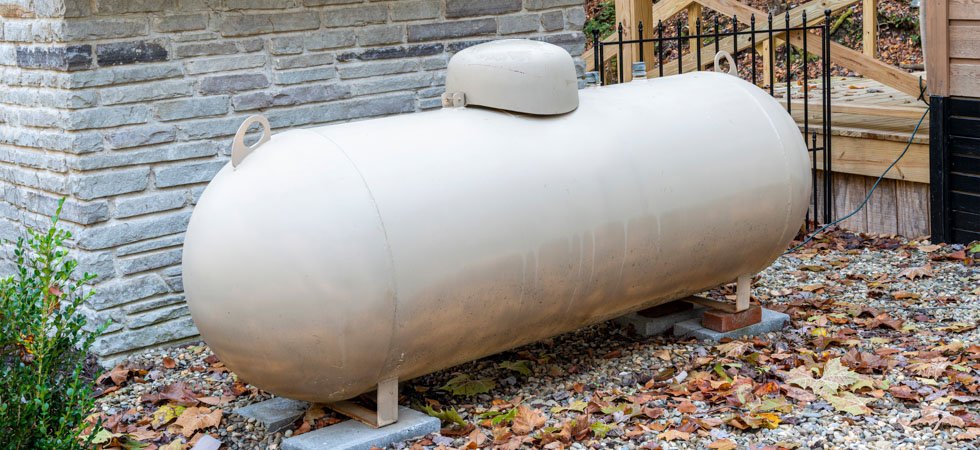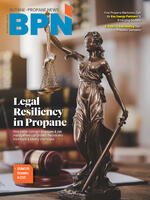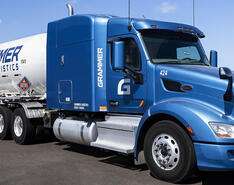
Propane tank placement is one of the most critical responsibilities propane marketers take on, but it also comes with significant liability risks if not handled properly. From clearance requirements to evolving property layouts, each installation presents unique challenges that can impact safety, compliance and long-term customer satisfaction. While many risks can be mitigated through careful planning and documentation, others arise after marketers leave the site — leaving companies vulnerable if standards are not followed from the start.
To shed light on how propane marketers can reduce exposure to legal and liability issues in tank placement, BPN asked Russ Head, vice president of safety at EDP, to share his perspective on the most common risks, the importance of clear communication with customers and best practices for ensuring safe, compliant installations today and in the years ahead.
From your perspective, what are the most common liability risks propane marketers face related to tank placement?
What is out of our control after we leave the site. For example, if air conditioning units are being installed next to regulators, generators or other appliances added to the system without us knowing.
What are the key clearance requirements that tend to be overlooked during tank installations?
Buildable property lines and unknown future plans. We need to talk to the customers before installation about their future plans for the property (landscaping, pools, sheds, additions, etc.).
What best practices do you recommend for ensuring safe & compliant siting of tanks, both at the time of installation and in the years that follow?
The original installation paperwork needs to be reviewed by a qualified individual, and every time a tank is filled, a quick inspection should be completed. Communicate with all of your employees about changes to installations and follow up with them.
How can improper clearances expose a marketer to legal or insurance challenges?
If an incident occurs and the codes are not met, investigations will show this and have an effect on premiums and coverages.
What advice would you give when customers request tank placements that don’t meet code or safety standards?
Explain to the customer that these rules are for the safety of themselves and others. Most rules revolve around an issue that was discovered in an investigation. If you can’t get the installation up to code, walk away from the customer.
Are there particular risks that differ between aboveground & underground tanks?
The obvious thing is you can’t see the condition of the tank once it is placed in the ground. Special attention needs to be considered when installing and maintaining underground tanks. Document everything, and if you have the ability, take pictures.
How do property changes over time — like fences, landscaping or additions — impact liability for existing tank placements?
This can change the required distances. An inspection should be done before any filling is completed to ensure the safety and integrity of the installation.
What steps should propane companies take when revisiting older installations that may no longer meet today’s codes?
Update as fast as possible. How important is proper documentation in protecting against liability with tank placement decisions? If it wasn’t documented, it didn’t happen.
What emerging challenges do you see in tank placement as regulations, customer expectations & property designs evolve?
Houses seem to be bigger and properties smaller; talking to the builders and educating them on the rules helps the placement before it becomes an issue. Be involved early in the process.
As Head emphasizes, minimizing liability in tank placement requires more than following codes — it demands ongoing communication, thorough documentation and a willingness to walk away from unsafe requests. With properties and regulations continually evolving, propane marketers must stay proactive, engage with customers about plans and revisit older installations to keep them compliant.
By building these practices into everyday operations, companies can protect themselves legally while upholding the highest standards of safety for their customers and communities.


